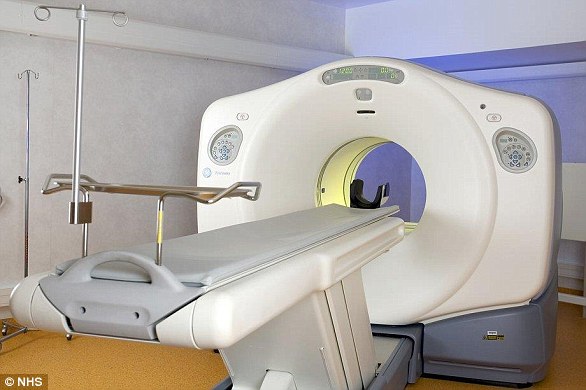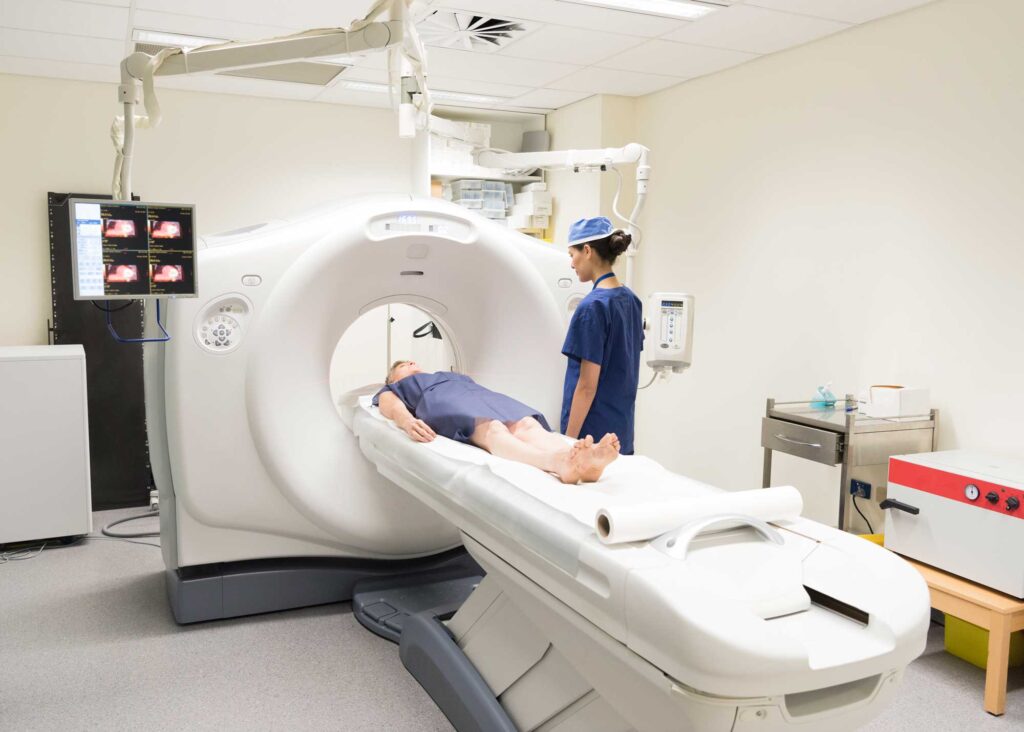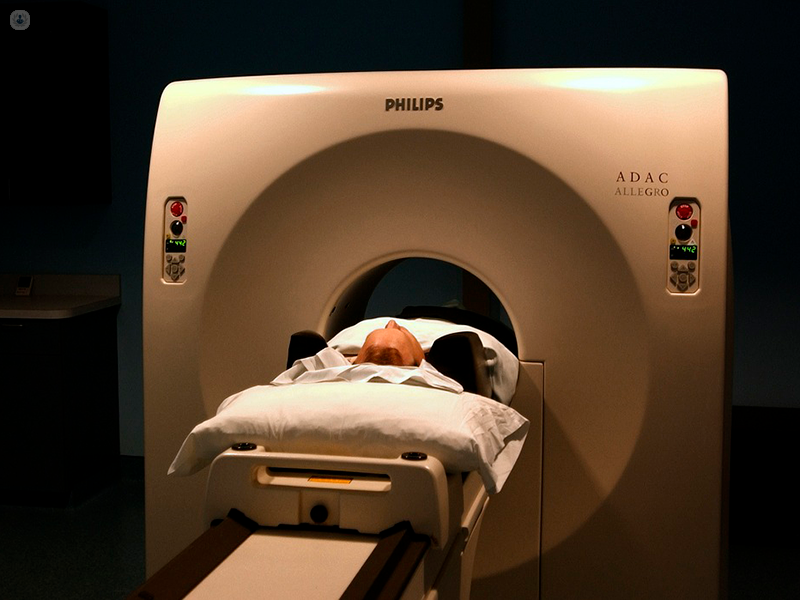Positron emanation tomography (PET) is an imaging test medication in which a kind of radioactive sugar is utilized to make 3D, shading pictures that show how the cells in your body work.
A PET Scan utilizes a radioactive material (radiopharmaceutical) comprised of a radioisotope appended to a substance inside the body, generally a sugar (glucose). It circles inside the body and amasses in cells that consume a ton of energy, like disease cells. Radioactive material produces little charged particles (positrons). A camera records the positrons and changes the accounts into pictures on a PC.
For what reason do we do a PET Scan?
A PET sweep should be possible:
- Assist with diagnosing specific malignant growths;
- to figure out how far the disease has spread (organizing);
- See whether the disease treatment is working or as a feature of follow-up;
- to check on the off chance that the malignant growth has come after treatment (recidivism) or then again assuming it’s spread to different pieces of the body;
- to assist with diagnosing non-dangerous circumstances.
PET can be joined with figured tomography (CT) in a solitary activity, which is called PET/CT). This could give a more complete image of where the growth is, the way it’s developed, or how far it’s spread than utilizing only one of those tests.
Preparing for a PET Scan
Prior to going through a medication assessment, it’s essential to share with the staff of the medication division that you just basically are breastfeeding or that you are pregnant or figure you might be.
Assuming you have diabetes, tell the staff. You might be approached to change your typical portion of diabetes medication.
Before the test, you’ll be asked to:
- try not to eat or drink for 4-6 hours;
- keep away from tobacco, caffeine, liquor or overwhelming activity for 24 hours.
You might be approached to not wear garments with metal zippers, belts, or fastens upon the arrival of the test or to put on a medical clinic outfit. Assuming you’re wearing glasses, gems or items which will impede the assessment, you’ll be approached to dispose of them.
Inquire as to whether you really want to do anything more before the test.

How is PET performed?
PET is commonly performed inside the medication division of the clinic or during an expert PET place on a short term premise. This implies you don’t have to go through the night there. The assessment endures from 45 minutes to 2 hours relying on the district inspected, whether it’s one organ or the entire body.
Staff in the atomic medication office will inquire as to whether you have as of late had a medical procedure, a biopsy, or malignant growth therapy, like chemotherapy or radiation treatment. Your glucose level may likewise be checked before the test.
The material is infused into a vein in your grasp or arm. It requires around 1 hour to flow all through your body and be consumed by the cells.
You will be approached to pee not long before the test. Contingent upon the locale noticed, one can introduce a test
Pee into the bladder or give you a medication (diuretic) to assist you with passing pee.
During the PET sweep, you will be sitting or resting on the assessment table and you will be approached to stay exceptionally still. The table moves in the gadget, which is molded like a huge doughnut. Locators inside the gadget gobble up the sign from the material in your body. A PC dissects the examples and makes 3D, shading pictures of the area being analyzed.
Assuming you have a PET/CT check, you will take each test in succession during a similar arrangement.

After PET
Radioactive material is dropped of the body through pee or stool (dung). It might require several hours to a few days for it to be totally dispensed with from the body. Drink numerous liquids after the test to help flush out material.
Incidental effects
The portion of X-beams or material directed in medication imaging might fluctuate relying on the assessment. The portion relies upon the kind of methodology performed and, in this manner, a piece of the body inspected. By and large, the portion of material delivered during a PET sweep is close to nothing and you’re presented to a little portion of radiation during the Scan. The advantages of PET sweeps offset the gamble of openness to the little portion of radiation got during the Scan.
An aversion to material can happen, yet this is frequently very interesting.
What the outcomes mean
PET identifies dynamic districts, similar to cell development, in the body. Radioactive material aggregates more in disease cells than in typical cells, and malignant growth cells seem more brilliant in pictures.
Not all malignant growths show side by side of a PET sweep. PET outcomes are frequently joined with those of other imaging tests and research facility tests. Different tests are frequently expected to see whether a region that has consumed a ton of radioactive material is non-destructive (harmless) or dangerous (threatening). Late medical procedure, chemotherapy or radiation treatment, and certain drugs can influence test results.
What occurs in the event that the outcomes are strange
Your primary care physician might suggest different tests, systems, follow-up care, or medicines.
Unique contemplations for children
Setting up a baby for an assessment or strategy can lessen tension and increment collaboration and assist with creating adapting abilities. Readiness incorporates making sense of what will occur during the test, including what they will see, feel and pay attention to.
Setting up a little child for a PET Scan relies upon their age and information. Look into how to assist your youngster with adapting to testing and treatment.





